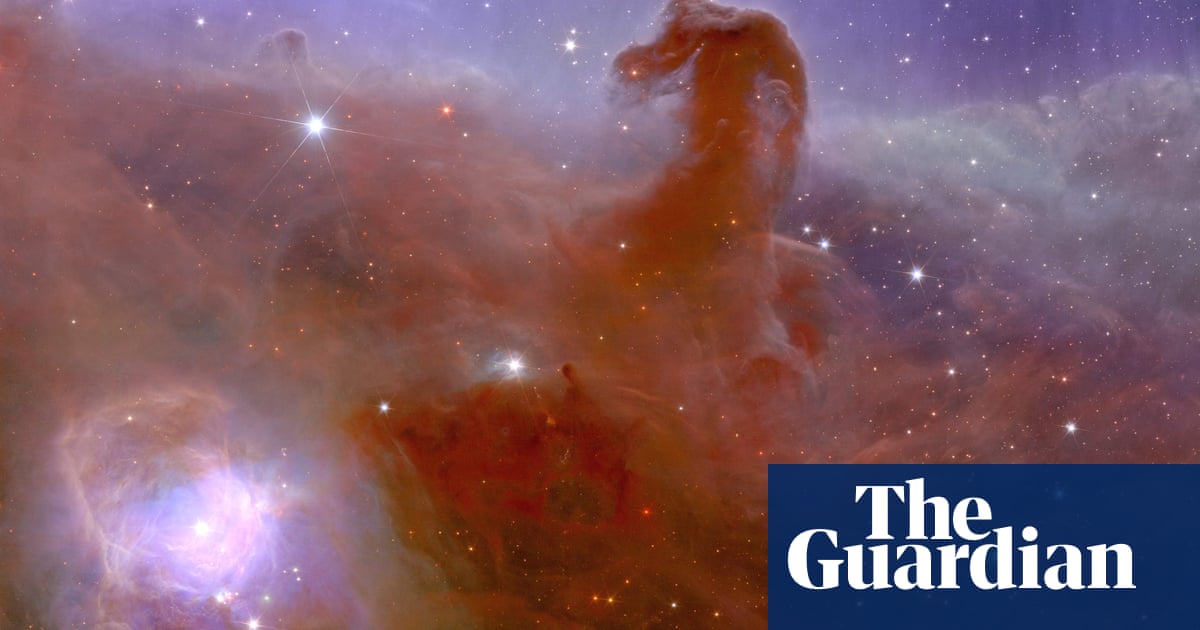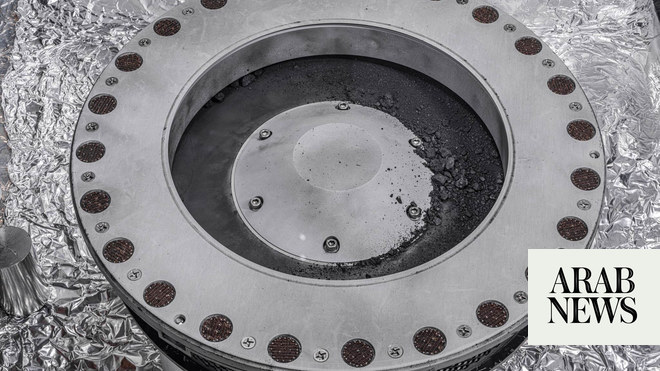
The European-Japanese BepiColombo spacecraft has sent back its first images of Mercury, as it swung by the solar system’s innermost planet while on a mission to deliver two probes into orbit in 2025.
The mission made the first of six flybys of Mercury at 11.34pm GMT on Friday, using the planet’s gravity to slow the spacecraft down.
After swooping past Mercury at altitudes of under 200km (125 miles), the spacecraft took a low-resolution black-and-white photo with one of its monitoring cameras before zipping off again.
The European Space Agency said the captured image shows the northern hemisphere and Mercury’s characteristic pock-marked features – among them the 166km-wide Lermontov crater.
“The flyby was flawless from the spacecraft point of view, and it’s incredible to finally see our target planet,” said Elsa Montagnon, the spacecraft operations manager for the mission.
The BepiColombo mission will study all aspects of this mysterious inner planet from its core to surface processes, magnetic field and exosphere, “to better understand the origin and evolution of a planet close to its parent star”, Esa said.
Mercury is the only rocky planet orbiting the Sun beside our own to have a magnetic field. Magnetic fields are generated by a liquid core but given its size, Mercury’s should have grown cold and solid by now, as Mars did.
This anomaly might be due to some feature of the core’s composition, something BepiColombo’s instruments will measure with much greater precision than has been possible so far.
The joint mission by the European agency and the Japan Aerospace Exploration Agency was launched in 2018, flying once past Earth and twice past Venus on its journey to the solar system’s smallest planet.
Five further flybys are needed before BepiColombo is sufficiently slowed down to release Esa’s Mercury Planetary Orbiter and Jaxa’s Mercury Magnetospheric Orbiter. The two probes will study Mercury’s core and processes on its surface, as well as its magnetic sphere.
The mission is named after Italian scientist Giuseppe “Bepi” Colombo, who is credited with helping develop the gravity assist manoeuvre that Nasa’s Mariner 10 first used when it flew to Mercury in 1974.












